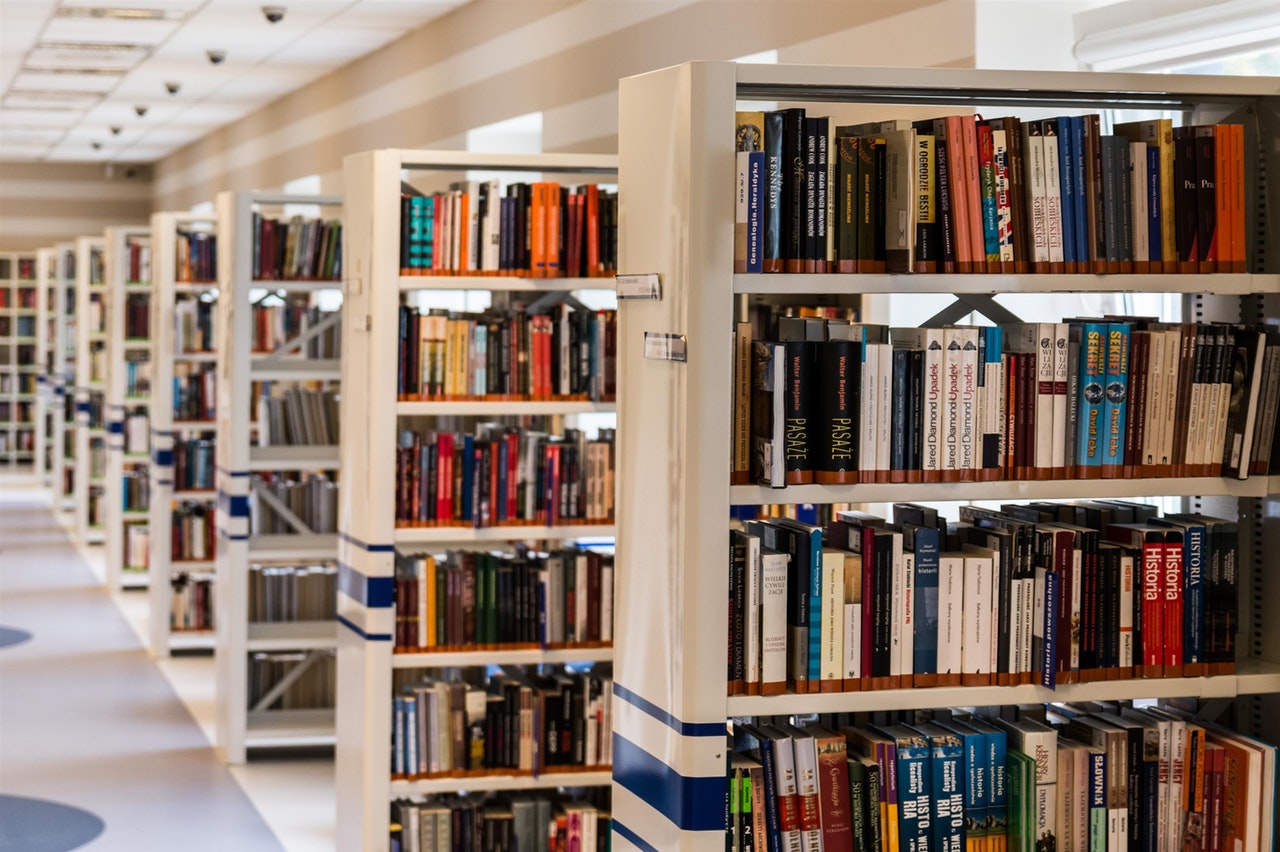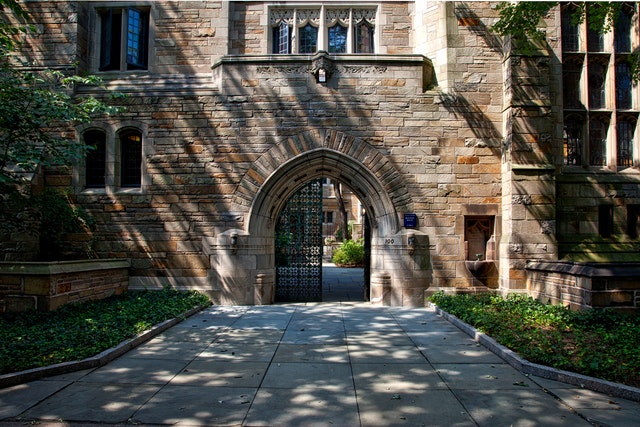- (716) 839-0900
- info@stcsoundcontrol.com



Legal Name: STC Architectural Products LLC
Assumed Name: STC Sound Control
1200 Northland Ave. Buffalo, NY 14215
Telephone: 716-839-0900
E-mail: info@stcsoundcontrol.com
STC Sound Control makes acoustical products for architecture that minimize the annoyance and aggravation related to noise…..read more